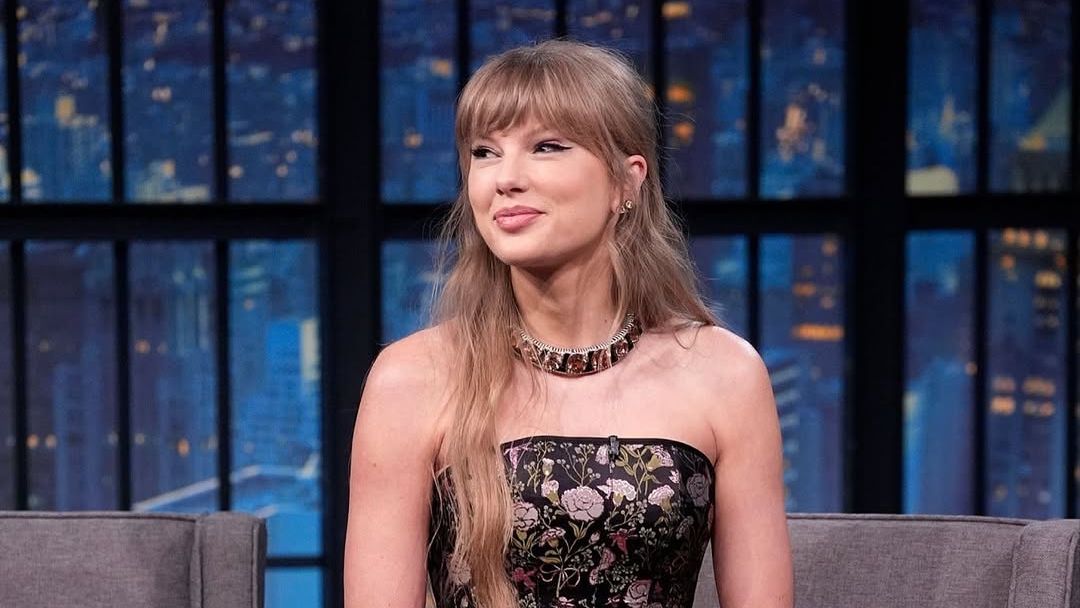Taylor Swift’s Holiday Merch: A Billion-Dollar Snowball of Strategy and Style
Taylor Swift doesn’t just drop music she drops experiences. Her 2025 holiday merchandise collection wasn’t just about sweaters and ornaments; it was a masterclass in brand-building, pricing psychology, and fan devotion. Fans waited for it, snapped it up within minutes, and even those who didn’t score felt part of a cultural moment. For business leaders, Swift’s merch isn’t just fun; it’s a lesson in turning fandom into fortune.
From Cardigans to Cat Plushies: The Holiday Drop Everyone Wanted
This year, Swift’s seasonal collection leaned into nostalgia and whimsy. Cozy holiday sweaters, limited-edition vinyl, sparkling ornaments, and even a plush cat wearing a miniature cardigan became instant sellouts. Each piece wasn’t just a product—it was a story, a tiny token of connection to Swift’s music and persona.
Fans shared excitement and envy across social media, from Instagram reels showing unboxing videos to TikTok clips of sold-out notices. Swift’s carefully curated scarcity made each purchase feel like an exclusive event, a tactic every executive can recognize as a premium branding move.
Price Tags That Make a Statement
Swift’s merchandise isn’t cheap, but it’s priced with precision. A $120 Cowboy Like Me jacket or a $38 guitar-shaped ornament might seem high for a sweater or a bauble—but the price signals value and exclusivity. Psychologically, when fans believe an item is a limited gateway into the artist’s world, the cost feels like part of the experience, not a barrier.
This is a strategy business leaders use all the time in premium products: the price itself communicates status, quality, and identity. For Swift, a holiday sweater isn’t just a sweater—it’s a collectible that doubles as social currency.
Merch Mania: How Much Taylor Swift Actually Makes
To put it in perspective, Swift’s merch revenue is staggering. During her touring cycles, estimates suggest she earns millions per stop from merchandise alone. Add in online sales for holiday drops like this year’s collection, and you’re looking at revenue streams that are likely tens of millions annually—a substantial fraction of her overall fortune, which is estimated at $1.6 billion.
The lesson for executives is clear: tangible products, tied to emotional narratives, can be just as lucrative as the core business—sometimes even more so when scaled cleverly. Swift isn’t selling a sweater; she’s selling belonging, memory, and a piece of a cultural moment.
Fans React: FOMO, Praise, and Outrage
No empire is without friction. The holiday merch drop thrilled most Swifties, but some lamented the limited stock, high prices, or perceived quality issues. Still, excitement outweighed frustration. In many ways, this is an ideal scenario for any brand: passionate consumers who care deeply about the product, creating buzz, resale markets, and conversations that spread free advertising.
The takeaway for leaders? Emotional investment drives engagement—but it also demands accountability. The closer your audience is to your brand, the higher their expectations will be.
Why Business Leaders Should Take Notes
Swift’s holiday drop isn’t just about fandom—it’s a blueprint for modern business strategy:
-
Controlled scarcity increases perceived value and urgency.
-
Emotional connection turns purchases into long-term loyalty.
-
Premium pricing signals exclusivity without alienating your base.
-
Diversified revenue from merch, experiences, and media strengthens financial resilience.
Even beyond music, these lessons apply to retail, tech, fashion, and consumer services. Swift has monetized not just her talent, but her audience’s desire to feel part of something bigger.
The Bigger Picture: Merch as an Ecosystem
Holiday merch is seasonal, yes—but it’s also a chance to study consumer psychology at scale. People don’t just buy items; they buy identity, memory, and status. They queue online, share unboxings, and brag about rare finds. For business leaders, this is a reminder that understanding the emotional side of commerce can turn a simple product into a billion-dollar ecosystem.
Taylor Swift isn’t just selling sweaters. She’s selling participation in a cultural phenomenon—and her 2025 holiday merch drop proves that when strategy, scarcity, and storytelling align, both fans and business leaders can learn something valuable.














